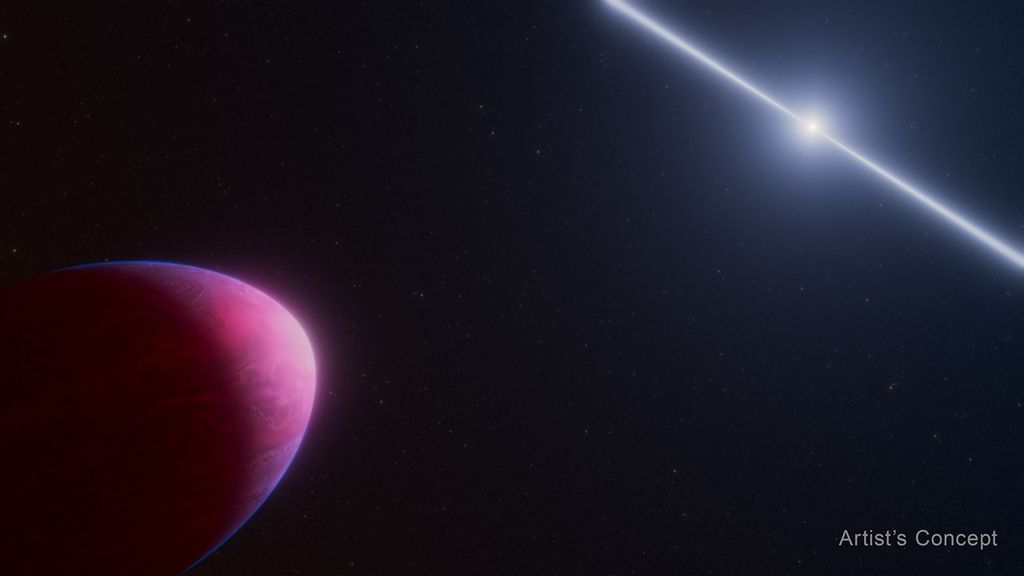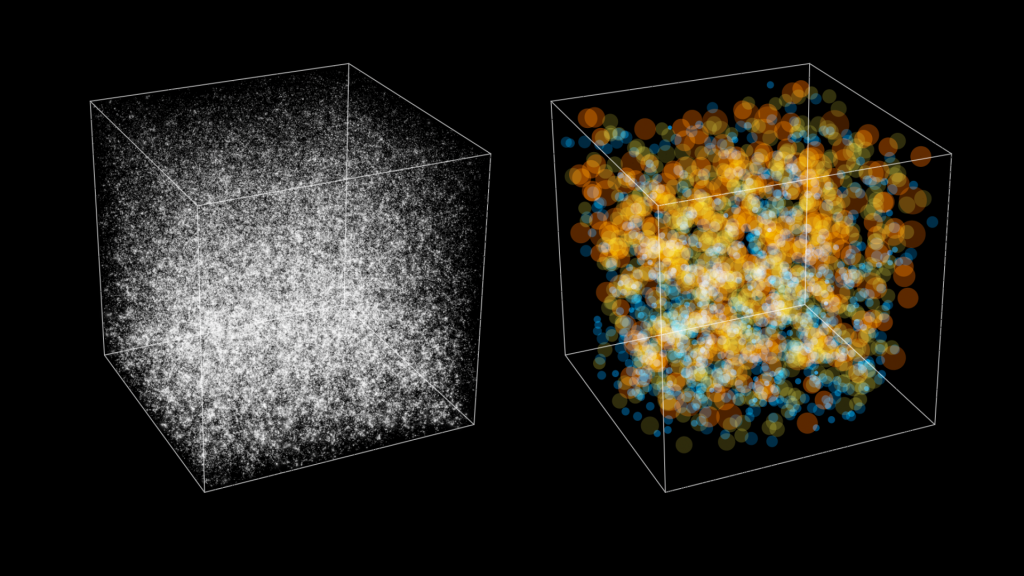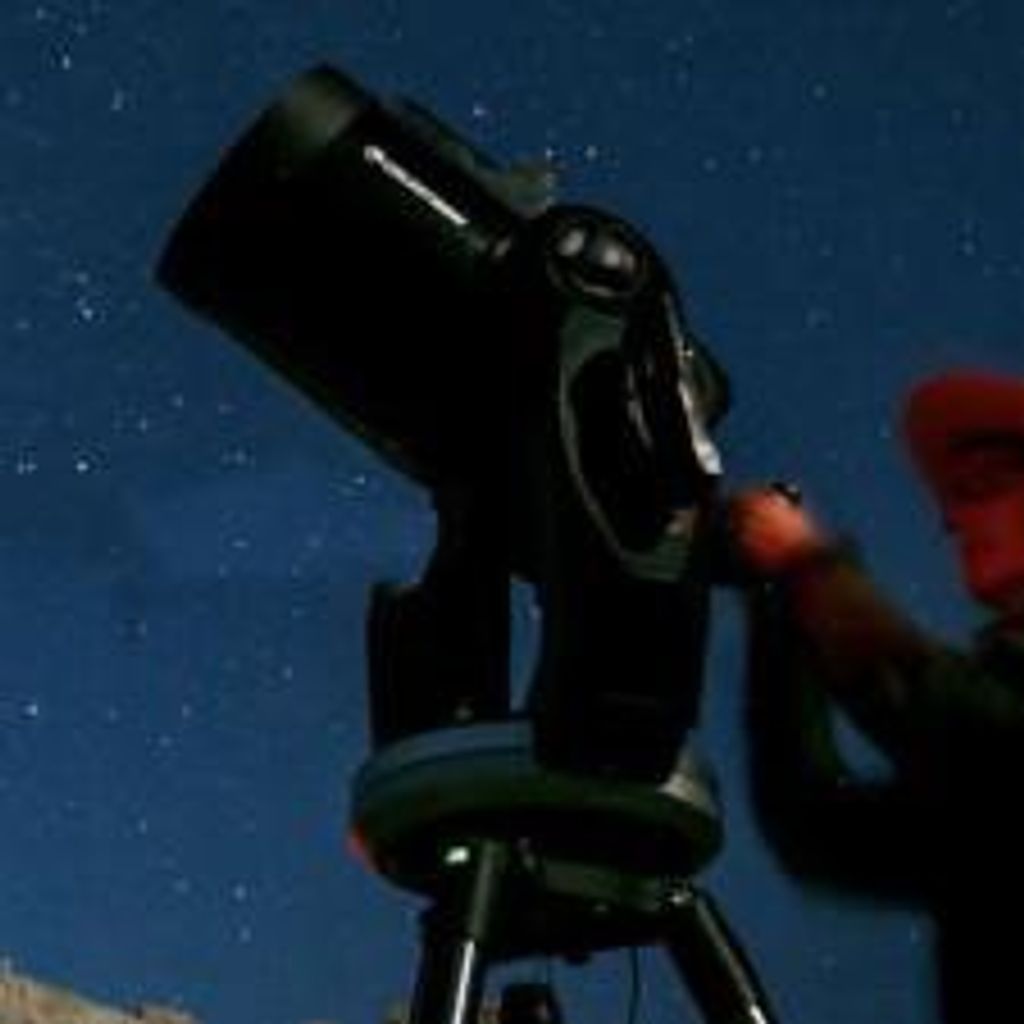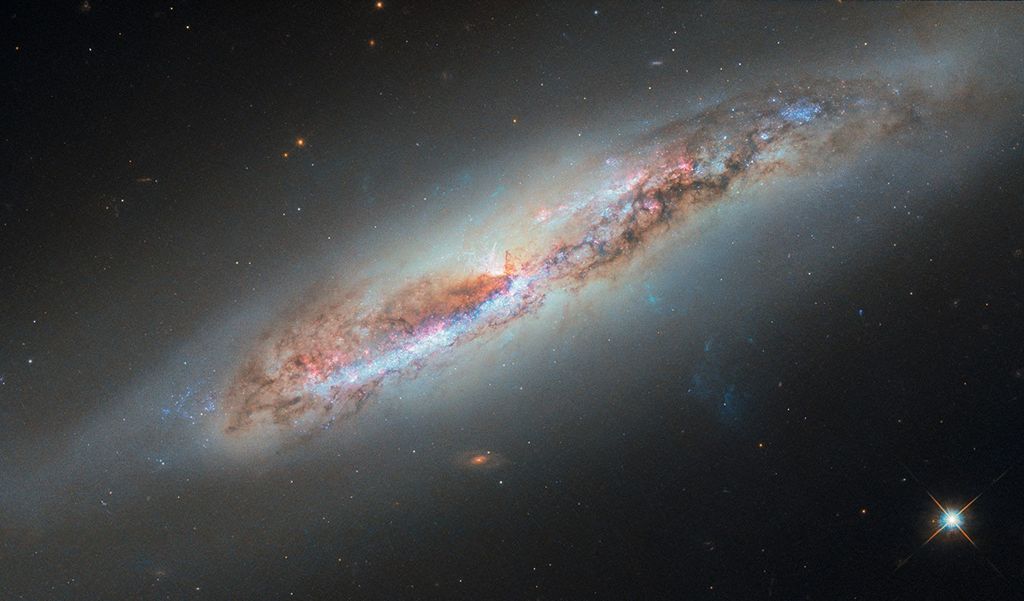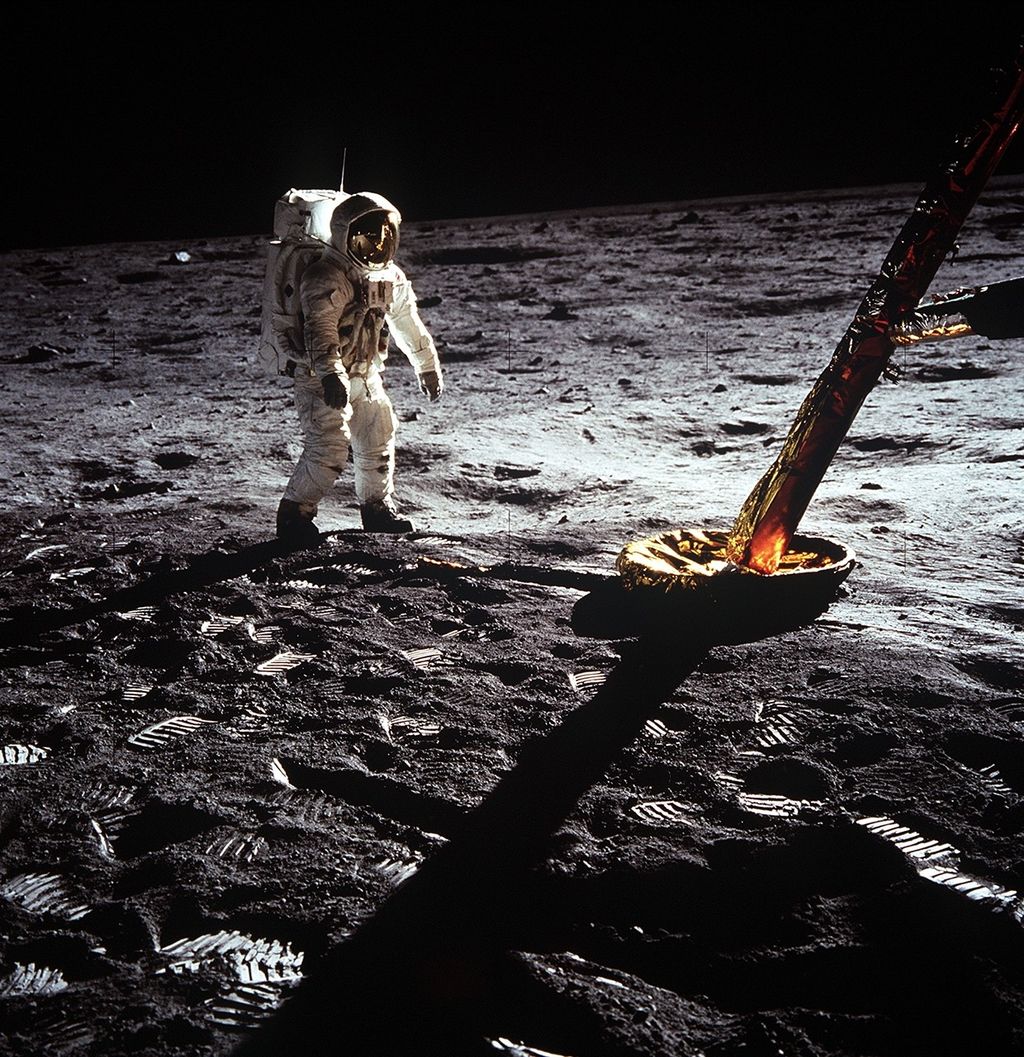1 min read
STIS Records a Black Hole’s Signature
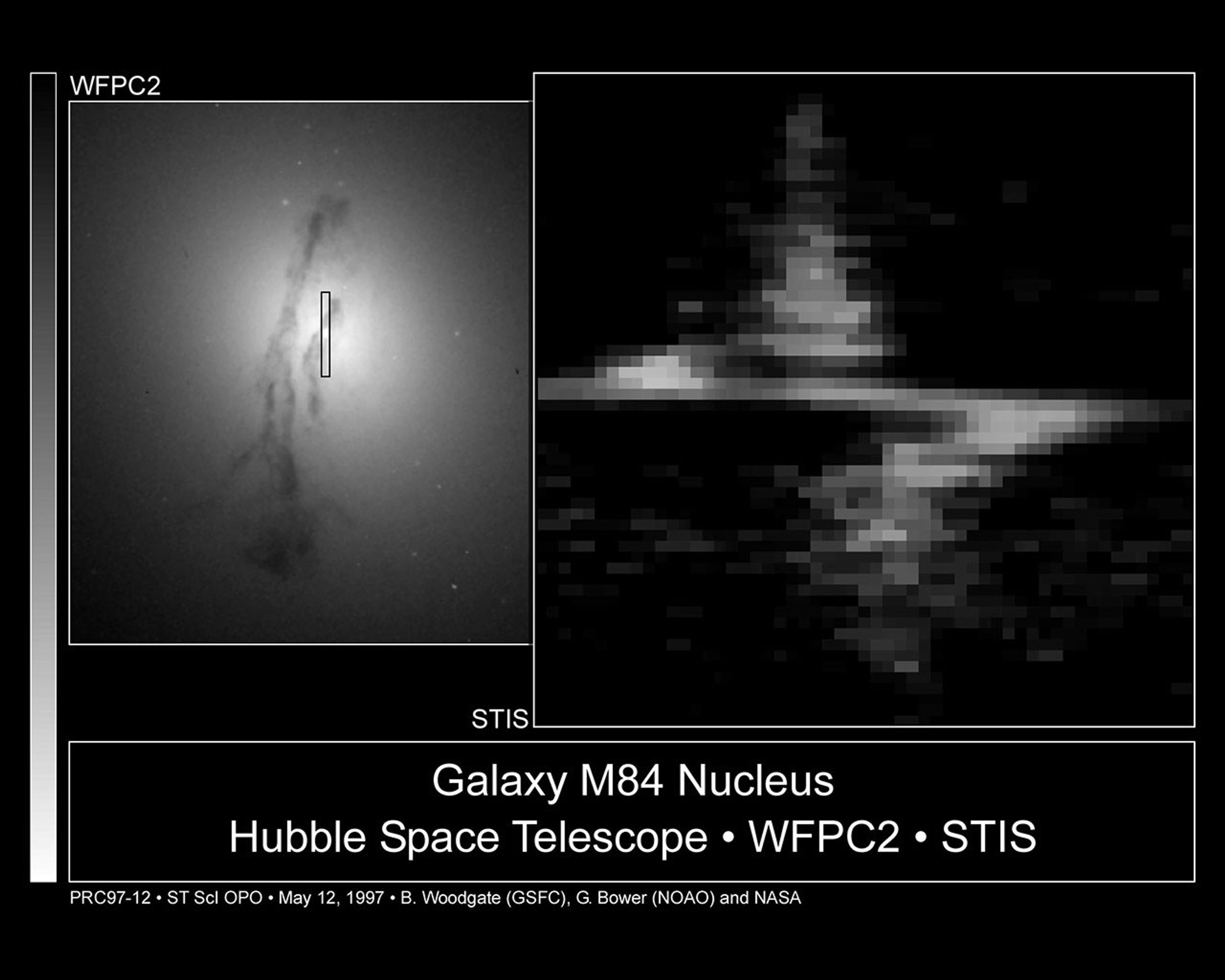
The colorful "zigzag" on the right is not the work of a flamboyant artist, but the signature of a supermassive black hole in the center of galaxy M84, discovered by Hubble Space Telescope's Space Telescope Imaging Spectrograph (STIS).
The image on the left, taken with Hubble's Wide Field Planetary and Camera 2 shows the core of the galaxy where the suspected black hole dwells. Astronomers mapped the motions of gas in the grip of the black hole's powerful gravitational pull by aligning the STIS's spectroscopic slit across the nucleus in a single exposure.
The STIS data on the right shows the rotational motion of stars and gas along the slit. The change in wavelength records whether an object is moving toward or away from the observer. The larger the excursion from the centerline - as seen as a green and yellow picture element (pixels) along the center strip, the greater the rotational velocity. If no black hole were present, the line would be nearly vertical across the scan.
Instead, STIS's detector found the S-shape at the center of this scan, indicating a rapidly swirling disk of trapped material encircling the black hole. Along the S-shape from top to bottom, velocities skyrocket as seen in the rapid, dramatic swing to the left (blueshifted or approaching gas), then the region in the center simultaneously records the enormous speeds of the gas both approaching and receding for orbits in the immediate vicinity of the black hole, and then an equivalent swing from the right, back to the center line.
STIS measures a velocity of 880,000 miles per hour (400 kilometers per second) within 26 light-years of the galaxy's center, where the black hole dwells. This motion allowed astronomers to calculate that the black hole contains at least 300 million solar masses. (Just as the mass of our Sun can be calculated from the orbital radii and speeds of the planets.)
This observation demonstrates a direct connection between a supermassive black hole and activity (such as radio emission) in the nucleus of an active galaxy. It also shows that STIS is ideally suited for efficiently conducting a survey of galaxies to determine the distribution of the black holes and their masses.
Each point on STIS's solid-state CCD (Charge Coupled Device) detector samples a square patch at the galaxy that is 12 light-years on a side. The detection of black holes at the centers of galaxies is about 40 times faster than the earlier Faint Object Spectrograph. STIS was configured to record five spectral features in red light from glowing hydrogen atoms as well as nitrogen and sulfur ions in orbit around the center of M84. At each sampled patch the velocity of the entrapped gas was measured. Because the patches are contiguous, the astronomers could map the change of velocity in detail.
M84 is located in the Virgo Cluster of galaxies, 50 million light-years from Earth.
About the Object
- R.A. PositionR.A. PositionRight ascension – analogous to longitude – is one component of an object's position.12h 25m 3.73s
- Dec. PositionDec. PositionDeclination – analogous to latitude – is one component of an object's position.12° 53' 13.09"
- Object NameObject NameA name or catalog number that astronomers use to identify an astronomical object.M84
- Release DateMay 12, 1997
- Science ReleaseHubble Records a Black Hole’s Signature
- CreditGary Bower, Richard Green (NOAO), the STIS Instrument Definition Team, and NASA
Share
Details
Claire Andreoli
NASA’s Goddard Space Flight Center
Greenbelt, Maryland
claire.andreoli@nasa.gov


